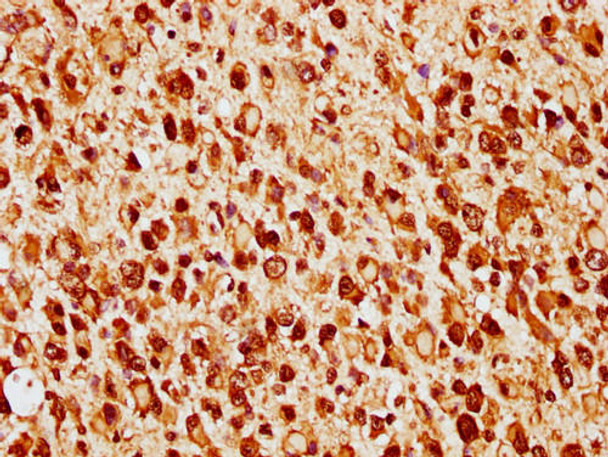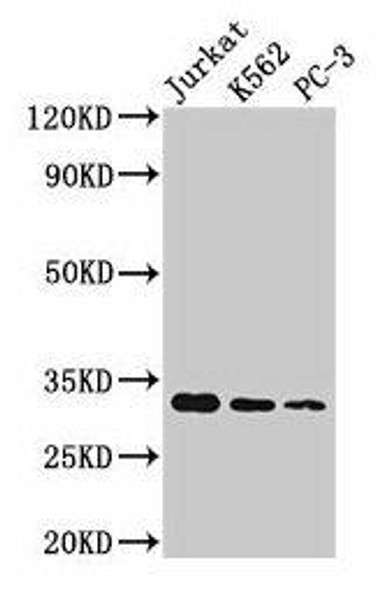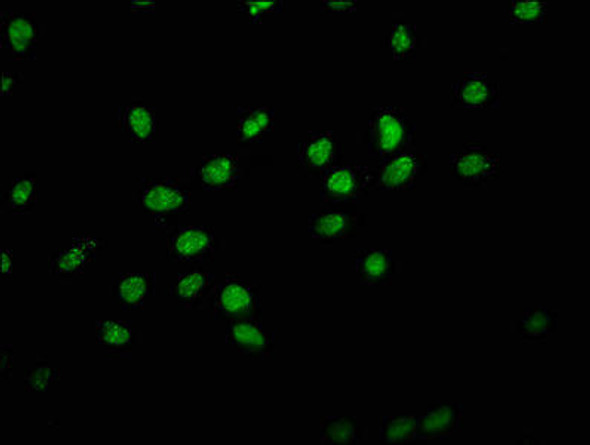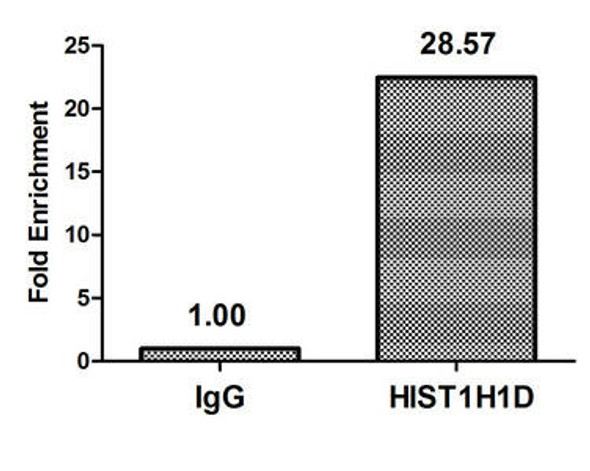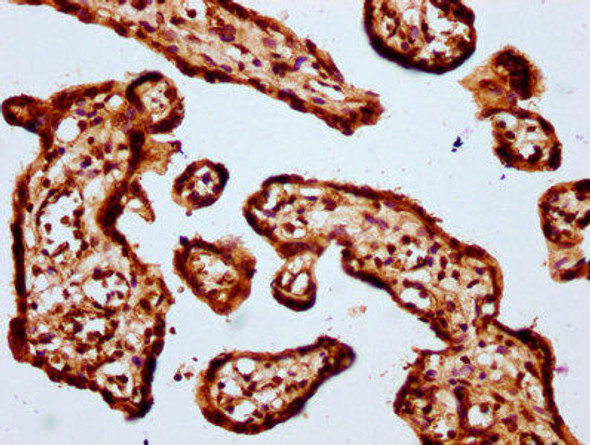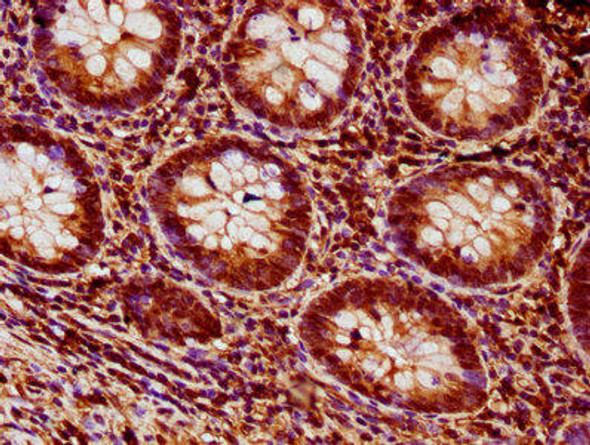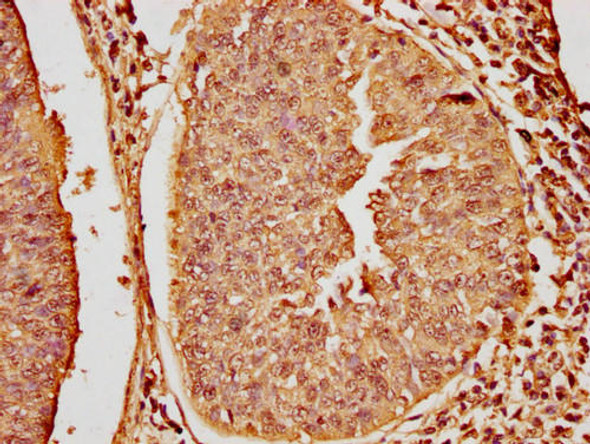Description
HIST1H1D (Ab-140) Antibody (PACO65097)
The Hist1H1D Monoclonal Antibody (PAC065097) is a valuable tool for researchers studying the histone cluster 1 H1 family member D (Hist1H1D) protein. This antibody, produced in mice, has been shown to be highly specific in binding to Hist1H1D in a variety of samples, making it ideal for use in Western blot applications. Hist1H1D is a member of the linker histone family, which plays a crucial role in chromatin compaction and gene expression regulation. Dysregulation of Hist1H1D has been implicated in various disease processes, including cancer and developmental disorders.
This antibody enables researchers to detect and analyze Hist1H1D levels in different cell types, providing valuable insights into its function and potential therapeutic implications in disease research.By utilizing the Hist1H1D Monoclonal Antibody, researchers can deepen their understanding of the role of Hist1H1D in chromatin organization and gene expression, paving the way for new discoveries in epigenetics and disease mechanisms.
| Product Name: | HIST1H1D (Ab-140) Antibody |
| Product Code: | PACO65097 |
| Size: | 50µL |
| Target Names: | HIST1H1D |
| Species Reactivity: | Human |
| Host Species: | Rabbit |
| Antigen Species: | Human |
| Tested Applications: | ELISA, IHC; Recommended dilution: IHC:1:10-1:100 |
| Isotype: | IgG |
| Clone ID: | N/A |
| Conjugate: | Non-conjugated |
| Clonality: | Polyclonal |
| Antigen: | Synthesized peptide derived from Human Histone H1.3 protein (137-149aa) |
| Form: | Liquid |
| Buffer: | Preservative: 0.03% Proclin 300 Constituents: 50% Glycerol, 0.01M PBS, pH 7.4 |
| Purification Method: | Antigen Affinity Purified |
| Storage: | Upon receipt, store at -20°C or -80°C. Avoid repeated freeze. |
| Aliases: | Histone H1.3 (Histone H1c) (Histone H1s-2), HIST1H1D, H1F3 |
| Uniprot ID: | P16402 |
| Background: | Histone H1 protein binds to linker DNA between nucleosomes forming the macromolecular structure known as the chromatin fiber. Histones H1 are necessary for the condensation of nucleosome chains into higher-order structured fibers. Acts also as a regulator of individual gene transcription through chromatin remodeling, nucleosome spacing and DNA methylation (By similarity). |
| Research Area: | Epigenetics and Nuclear Signaling |

